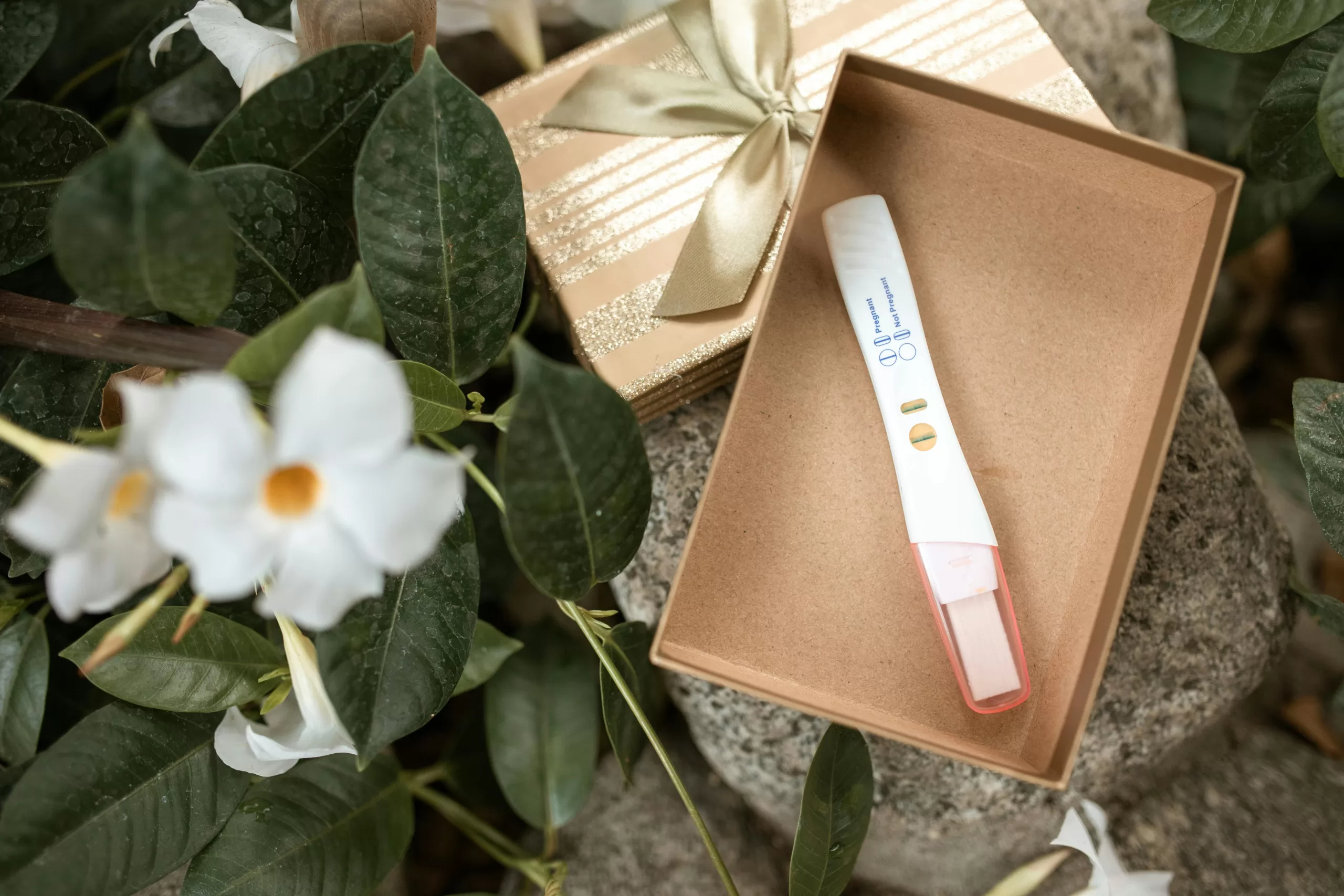Hysteroscopy for Scar Tissue Removal
On August 31, 2023, I underwent a Hysteroscopy for scar tissue removal. The surgical procedure was a success. Following the surgery, the medical team inserted a balloon and prescribed Hydrocodone for pain management. Additionally, they prescribed nightly administration of Estrace 2mg vaginally at bedtime. In addition to Ciprofloxacin to prevent infection. The day after the surgery, we returned to the clinic for uterine PRP stem cell placement. We have scheduled another appointment early in the week to administer Neupogen. This will aid in thickening the uterine lining.
What is a Hysteroscopy?
A hysteroscopy is a medical procedure that involves the insertion of a thin, lighted tube. This tube, known as a hysteroscope, enters the uterus through the vagina and cervix. This procedure allows doctors to visually examine the inside of the uterine cavity. Doctors can perform it for diagnostic or therapeutic purposes, and it stands as a common and minimally invasive gynecological procedure.
Reasons To Perform a Hysteroscopy for Scar Tissue Removal, etc.
A hysteroscopy may involve the removal of scar tissue. Also known as intrauterine adhesions or synechiae, when these adhesions are causing problems or symptoms. Scar tissue can form inside the uterus due to various reasons, including:
- Previous uterine surgery, such as a dilation and curettage (D&C), cesarean section, or myomectomy.
- Infections of the uterine lining (endometritis).
- Trauma or injury to the uterine lining.
- Chronic inflammation within the uterus.
Removing scar tissue through hysteroscopy is important for several reasons:
- Restoring Fertility: Intrauterine adhesions can block or reduce the size of the uterine cavity. This can make it difficult for a fertilized egg to implant and grow. Removing the scar tissue can improve a woman’s chances of conceiving.
- Treating Menstrual Problems: Scar tissue can cause abnormal menstrual bleeding, including light or absent periods. Hysteroscopic removal can help alleviate these issues.
- Relieving Pelvic Pain: Some women with intrauterine adhesions experience pelvic pain, and removing the scar tissue can provide relief.
- Enhancing Pregnancy Outcomes: In certain instances, adhesions can elevate the risk of pregnancy complications, notably including placental abnormalities. Removing scar tissue can lower these risks.
In the course of a hysteroscopy aimed at scar tissue removal, the surgeon utilizes specialized instruments, employing a gentle approach to cut or break apart the adhesions. Thereby restoring the normal shape and function of the uterine cavity. Doctors typically perform this procedure under anesthesia. It is a safe and effective method for addressing intrauterine adhesions and the problems they cause.
Previous video: G-CSF and Navigating the Next Steps
https://www.linkedin.com/in/wandadoty









